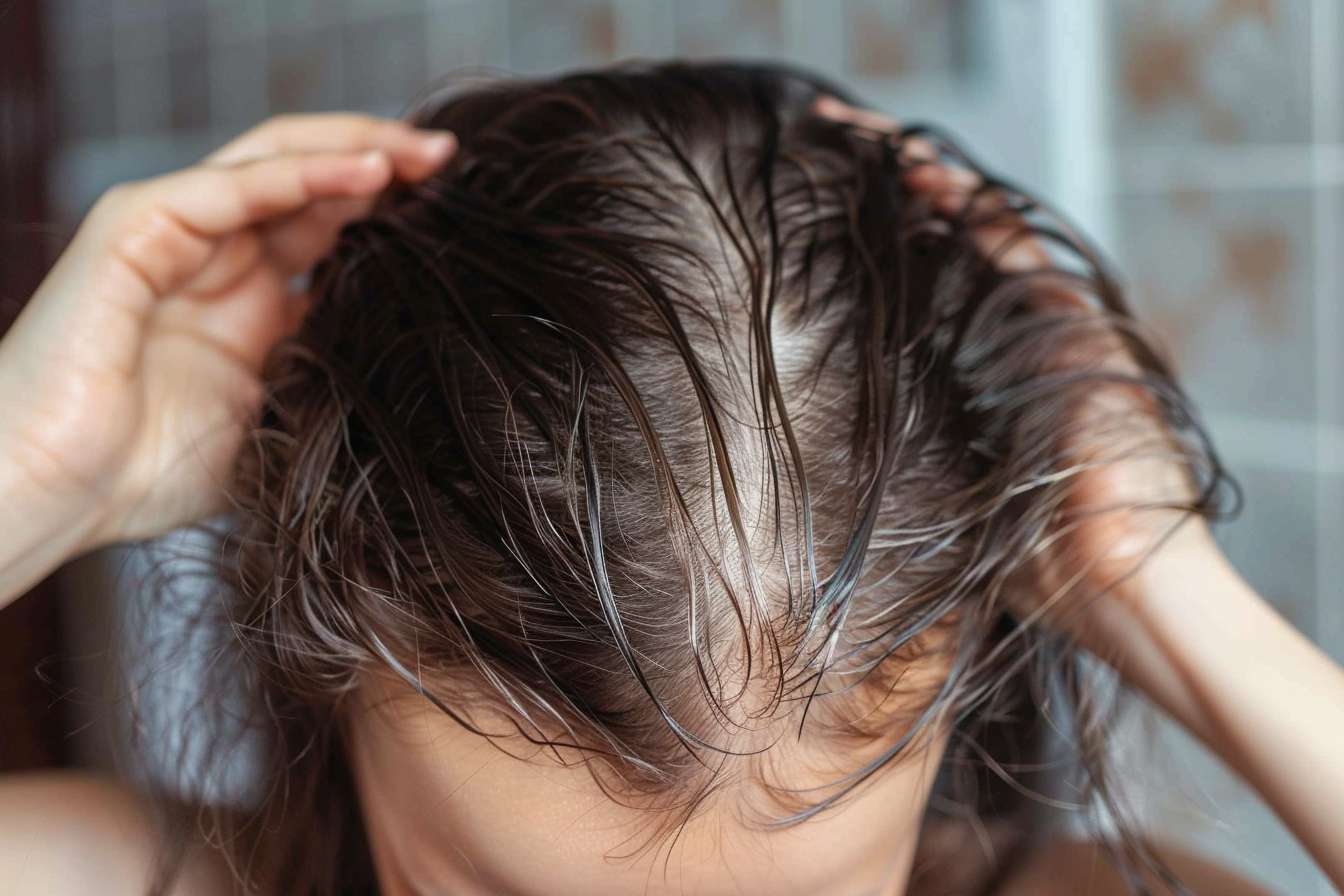How to build a minimalist regimen for resilient complexion and tresses
A minimalist regimen focuses on consistent, targeted steps that preserve skin and hair health while reducing complexity. This concise guide covers hydration, barrier support, scalp care, travel-friendly choices and practical styling tips for resilient complexion and tresses.

Start with the essentials: a short, consistent routine that prioritizes hydration, protection and gentle nourishment. Minimalist care means choosing multifunctional products and repeating a few reliable steps daily rather than cycling through many treatments. Focus on moisture balance, a stable barrier and gentle scalp care to support resilient skin and tresses under variable conditions like humidity or travel.
This article is for informational purposes only and should not be considered medical advice. Please consult a qualified healthcare professional for personalized guidance and treatment.
Hydration and moisture: building a daily base
Keeping hydration central simplifies both skin and hair routines. For the face, begin and end with a gentle cleanser followed by a lightweight moisturizer to lock in moisture. For hair, use a mild shampoo that won’t strip natural oils; follow with a conditioner applied mainly to mid-lengths and ends to preserve moisture in the tresses. Hydration supports elasticity in skin and hair fibers, helping them tolerate styling, humidity and environmental stressors with greater resilience.
Protecting the barrier with ceramides and niacinamide
A resilient barrier prevents moisture loss and reduces sensitivity. Look for products with ceramides to replenish lipid layers and niacinamide to support barrier function and even tone. These ingredients are typically compatible with simple, everyday serums or creams and can be layered under sunscreen. Use formulations with minimal fragrance and irritants when prioritizing barrier restoration, and apply consistently to see gradual improvement in skin texture and tolerance.
Cleansers and serums: choosing active layers
Select gentle cleansers that remove impurities without over-drying; foaming or cream options can be chosen based on skin type. Introduce serums—targeted, lightweight treatments—for specific needs such as antioxidants for environmental protection or humectants for added moisture. Keep the number of actives low to avoid interactions: a morning antioxidant serum and an evening hydrating or barrier-support serum is a straightforward approach that balances efficacy and simplicity.
Scalp health, microbiome and probiotics
A healthy scalp supports hair growth and hair quality. Mild, pH-balanced cleansers help maintain the scalp microbiome; avoid harsh sulfates if you experience dryness. Consider topical formulations that include soothing ingredients or probiotic-derived extracts to support microbial balance and reduce irritation. Scalp massage during cleansing can boost circulation and product distribution, aiding nourishment of hair roots and contributing to overall resilience of the tresses.
Sunscreen, antioxidants and humidity-aware travel
Daily sunscreen is a core protective step for skin and scalp in exposed areas. Antioxidants such as vitamin C or gentle botanical extracts complement sunscreen by addressing free-radical stress. When traveling or facing high humidity, prefer lightweight, non-greasy textures that maintain moisture without weighing hair down. Pack travel-sized cleansers and multiuse serums to keep routines intact on the go and reduce product excess while preserving resilience under changing climates.
Styling, sustainability and routine for resilient tresses
Adopt low-heat styling and protective techniques—loose braids, air-drying and heat protectants—to minimize mechanical stress. Choose styling products that offer nourishment and light hold rather than heavy buildup, and prioritize packaging or formula choices aligned with sustainability goals. A reliable routine that includes periodic clarifying, regular conditioning and occasional deep-conditioning treatments keeps hair manageable and reduces the need for corrective styling, supporting long-term resilience.
Conclusion A minimalist regimen aims for consistency, thoughtful product selection and protective habits. By centering hydration, barrier-support ingredients like ceramides and niacinamide, gentle cleansers, scalp care, sunscreen and mindful styling, you create a compact routine that promotes nourishment and resilience for both complexion and tresses. Adjust frequency and product choices to your skin and hair responses, and consult a professional for persistent concerns.





